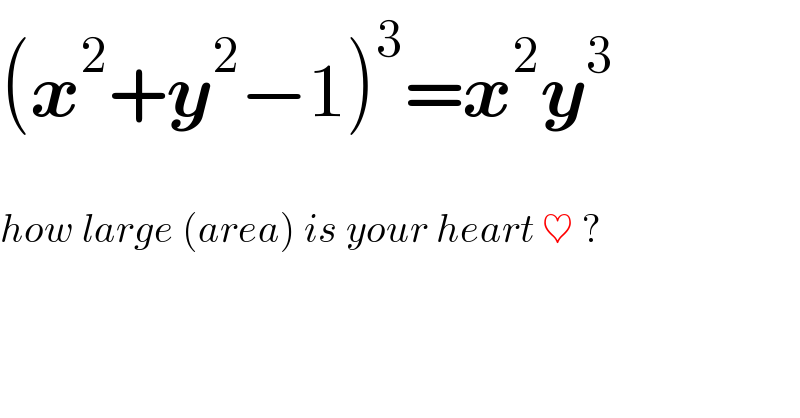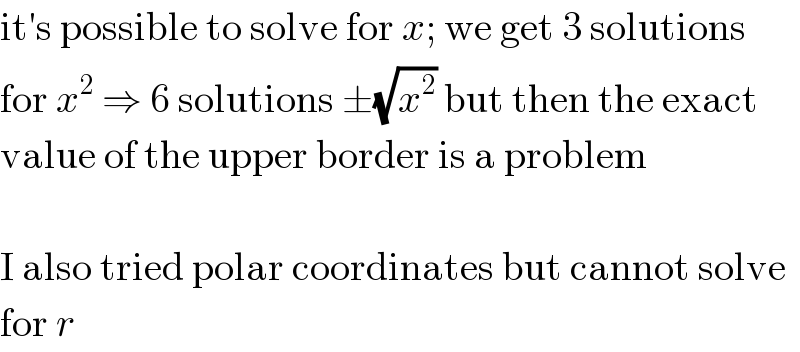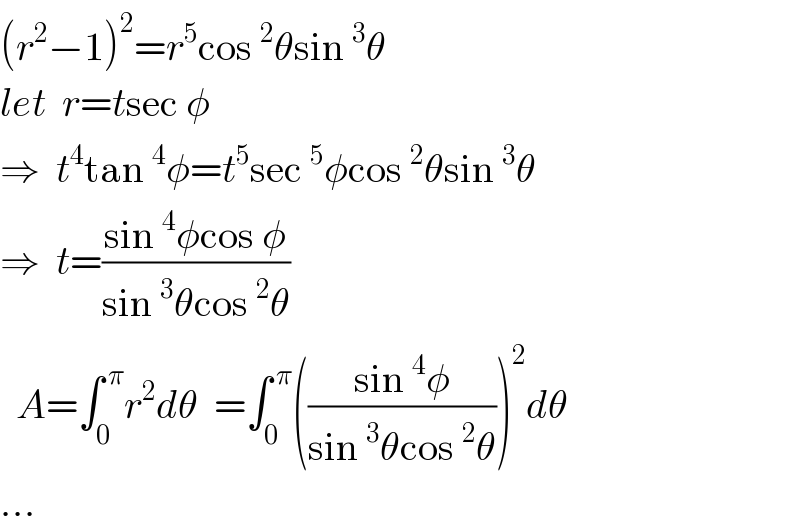
Question and Answers Forum
Question Number 72175 by mr W last updated on 26/Oct/19

Commented by mr W last updated on 26/Oct/19

Commented by MJS last updated on 26/Oct/19

Commented by mr W last updated on 26/Oct/19

Answered by ajfour last updated on 26/Oct/19

